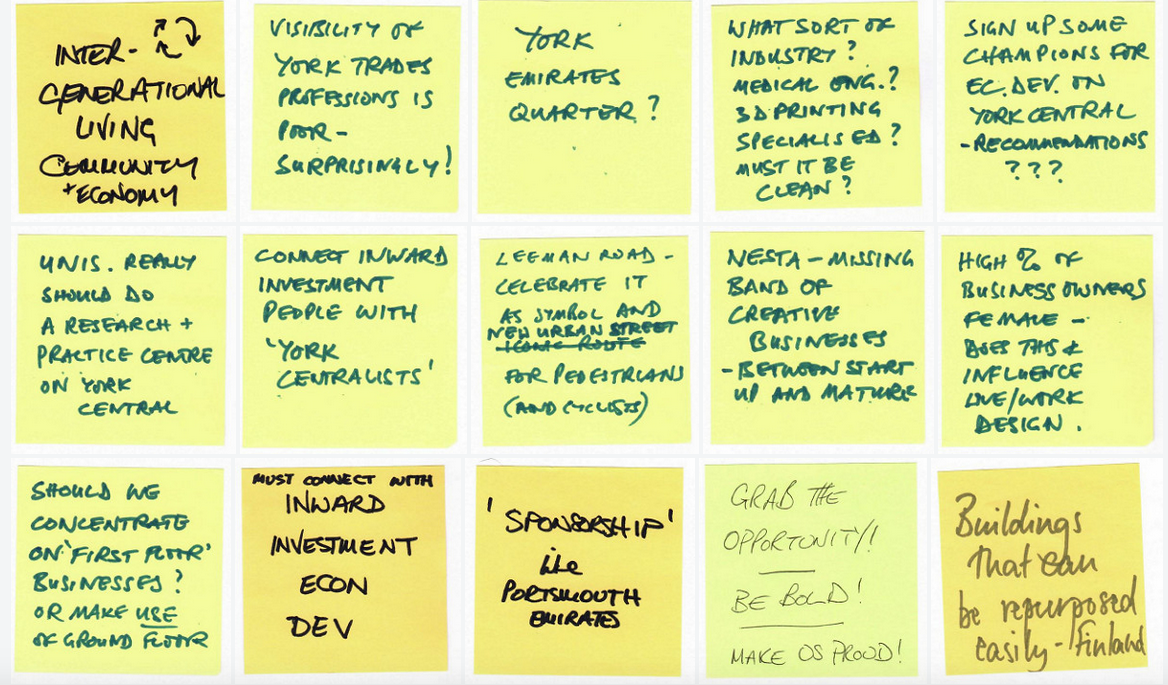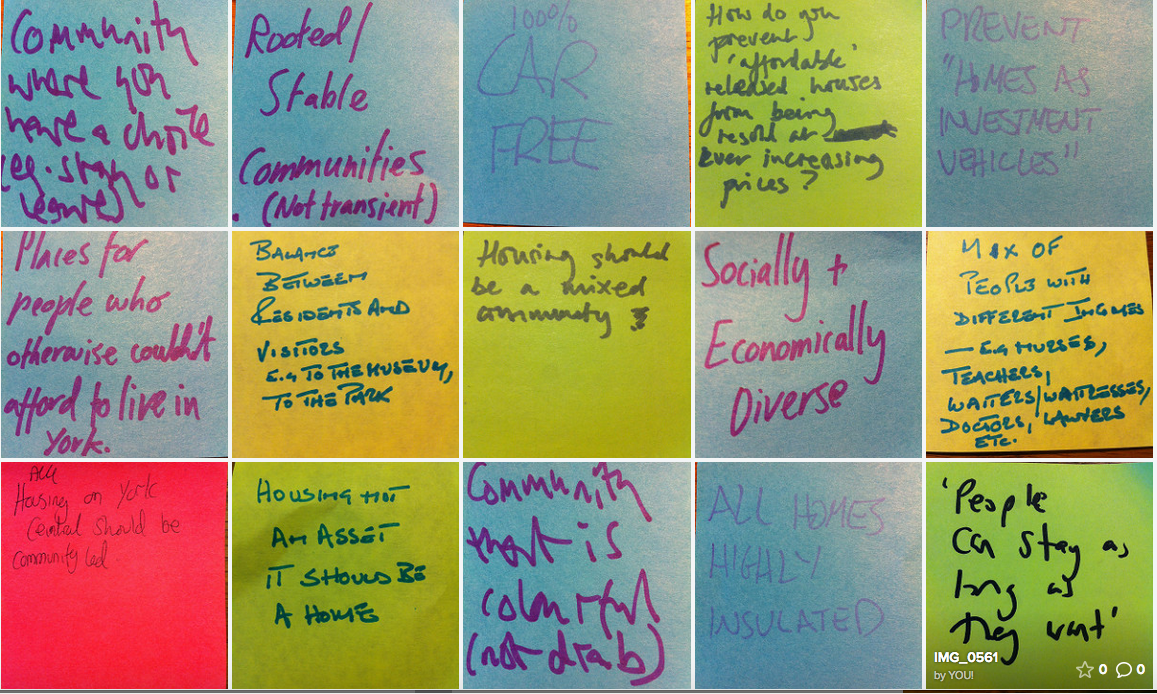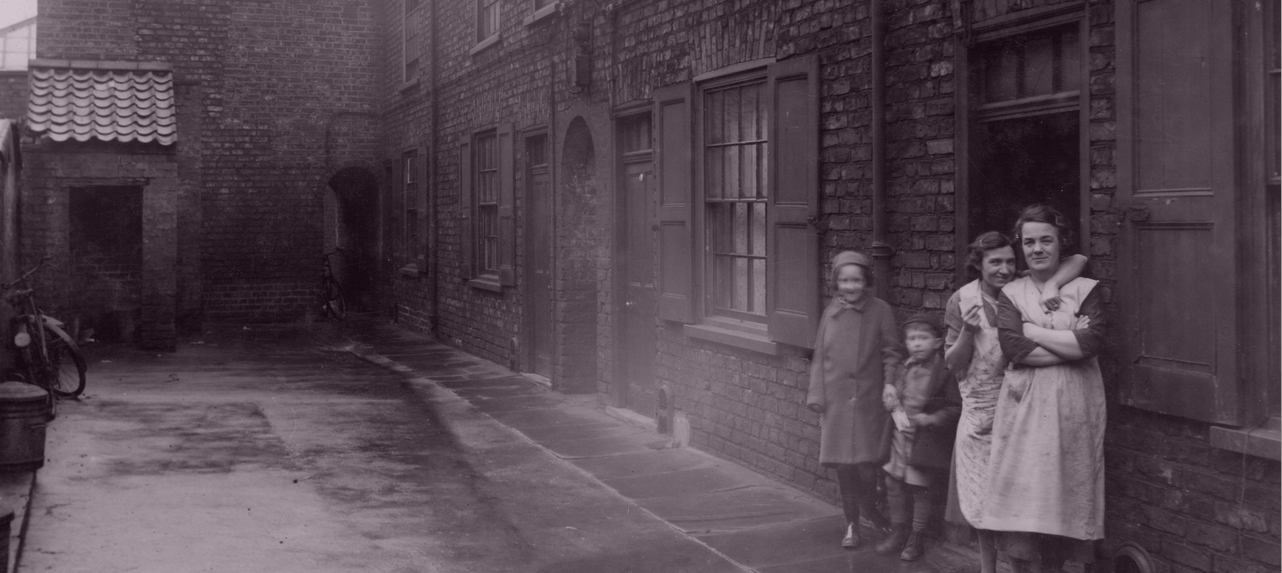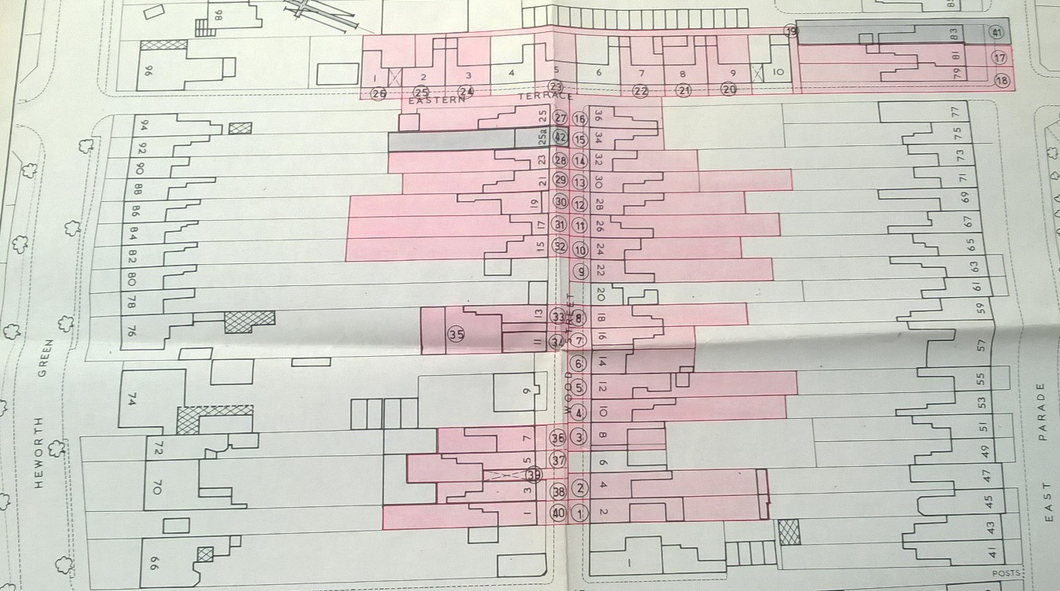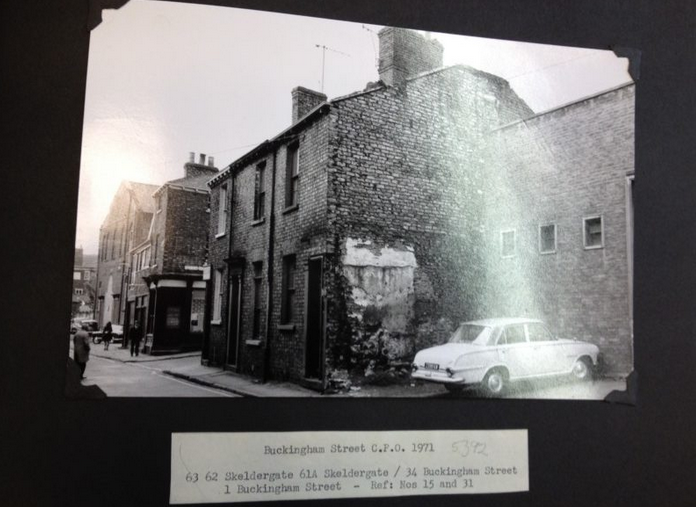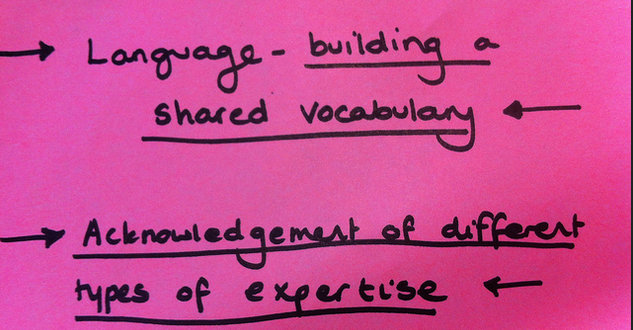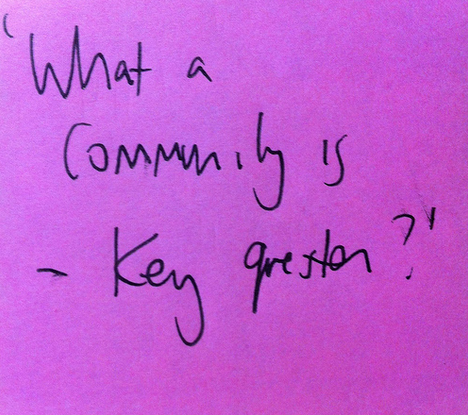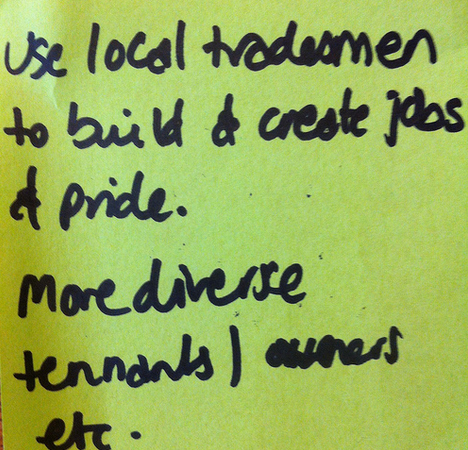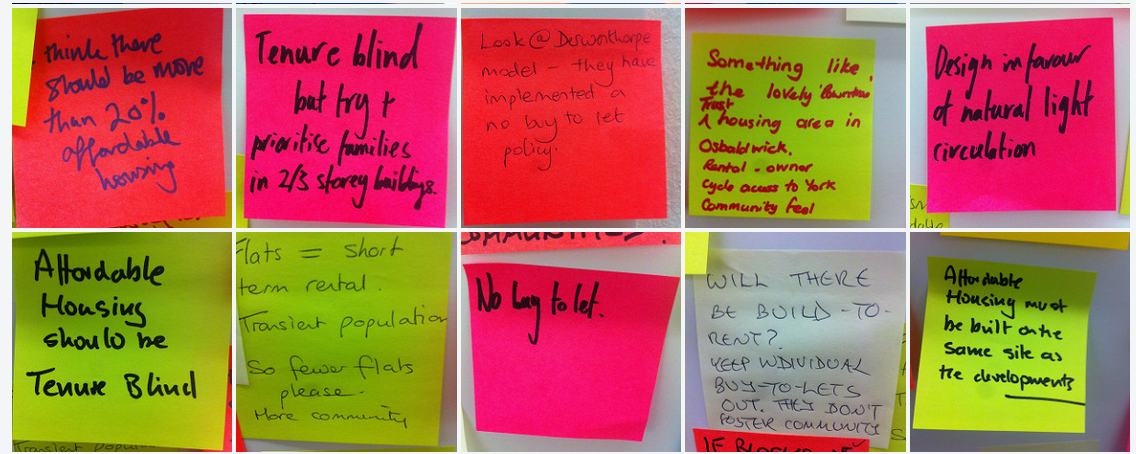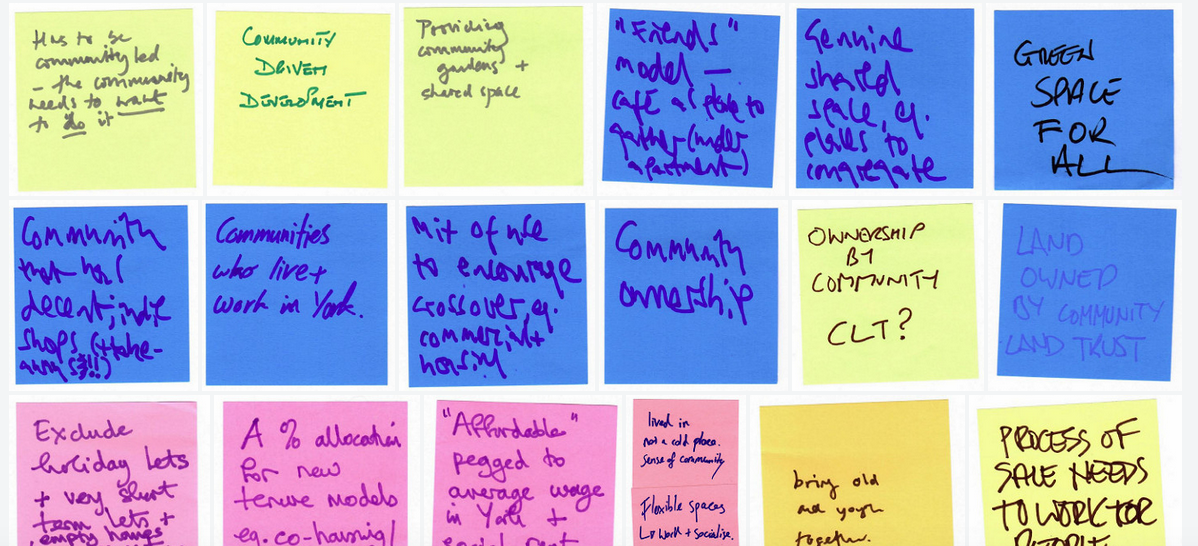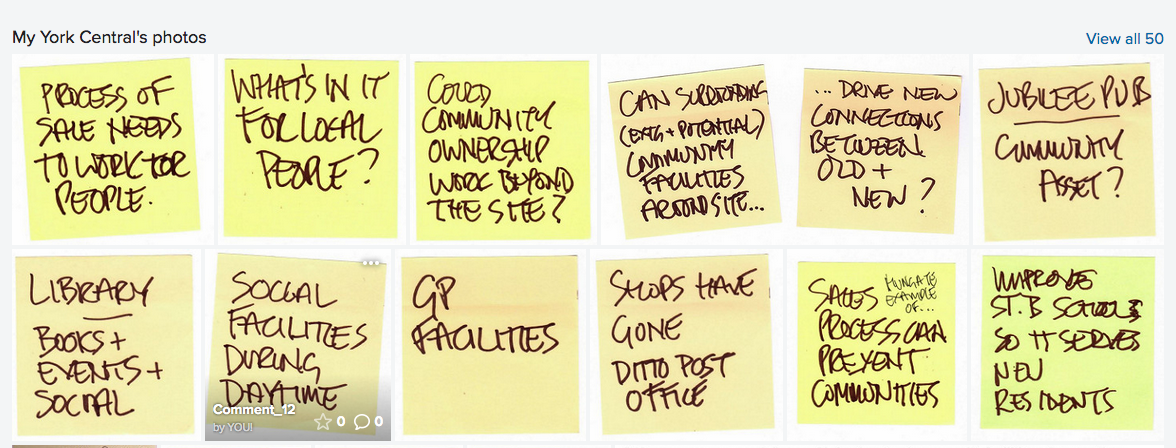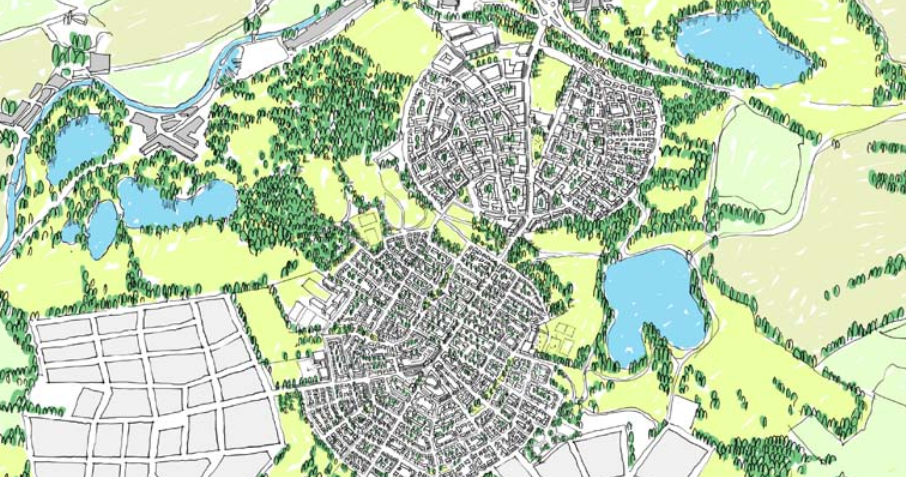
5th April, 7-8.30pm
David Rudlin joined us as part of the Festival of York Central to share work he did with Nicholas Falk on a new generation of Garden Cities (the recipient of the 2014 Wolfson Economic Prize). In this write up of the event, we post links to the report and a number of useful summary articles as well as some of the current work influenced by the Garden City report that David and his group URBED are involved in. This work was based on a fictional historic city called Uxcester, but to give them a base to work with, David and Nicholas choose York (twisted it a bit on the map). So while their work is of enormous relevance to many small cities in the UK, it is of relevance to York in particular.
We then have written up the Q&A. We were very interested in the questions that came from the York audience as they point to ways in which we might locally work with David’s analysis of the issues (not least with the planning system itself) and with the Garden City ideas.
To give a flavour of the David’s overall analysis of the issues, here is an extract:
The country that gave the world the Garden City is now building around 100,000 fewer homes each year than it needs to. What is more, the quality of the housing that is built, while better than it used to be, is still poor compared to other Northern European countries, in terms of space standards, environmental performance, layout and infrastructure. For many years URBED’s Nicholas Falk has led study tours to cities like Freiburg, a German city near Basel of a little over 200,000 people that has built two large urban extensions at Vauban and Rieselfeld in the last twenty years. Walking through these new neighbourhoods with UK politicians, professionals and community activists, past the shining trams, high-quality housing and generous green space, the question asked is always; why can’t we do this? The answer is not that we in the UK lack the talent or commitment, but rather that our system makes it if not impossible then at least very difficult.
Then the report – set out by David’s talk – sets out series of responses to the systemic issues, which you can read in summary and in full here. Here are some of the key elements:
Vision: not to build new towns and cities but to graft new growth onto existing places. The report looks at doubling the size of a city the size of York.
‘The Garden City extensions are based upon some simple geometry; tram stops that are within 20 minutes of the city centre, neighbourhoods that are within 10 minutes walk of these tram stops, each of which supports a secondary school and its feeder primary schools, and urban extensions made up of five neighbourhoods that have sufficient scale to support a district centre and employment use’ (pp. 2-3)
Popularity: development is not always popular to say the least, the report sets out a way forward that poses a deal and underpins a social contract:
‘We propose a ‘deal’ by which we lift the threat of development around all of the
city’s existing suburbs and villages by concentrating growth in a few large urban extensions. […[ This deal will be backed up with a ‘Social Contract’ which undertakes that the Garden City extensions will be built in areas where their impact is minimised. This contract will also cover the creation of 3,000 HA of accessible public open space and investment in new transport infrastructure and city centre facilities to benefit the whole of the community. Our aim is to reframe the argument by making the Garden City an attractive solution to a set of problems that the city cannot solve on its own’ (p. 3)
Economic Viability and Governance: based on the analysis of the current problems set up by the planning system, David’s presentation and the report outlines a response.
‘In the final part of the essay we describe the process by which Uxcester Garden City
would be built through its seven ages. This starts with a Garden City Act being passed by the new Parliament as enabling legislation to create the planning and compulsory purchase powers that each Garden City would need. Cities would then be invited to bid to be designated as a Garden City in order to get access to these powers. The successful places like Uxcester would establish a Garden City Foundation as a partnership between the local authorities, the Local Economic Partnership, the community and other partners. This would be vested with the Garden City powers and would be responsible for masterplanning, acquiring the land and acting as planning authority. The land would be vested in a Garden City Land Company, the majority shareholder of which would be the Foundation but a minority shareholding sold to investors’. (p. 4)
After David’s talk there was a Q&A with questions and contributions from the floor:
Q: What about employment?
The first thing to say is that homes create jobs (e.g. schools, shops). One issues for cities is how to retain graduates. Here public transport links are crucial (as often professional couples work in different places). In the Garden City, the tram takes you into town and to the train station. We are also interested in Open Source Planning where people can turn houses into workplaces flexibly.
Q: What are the benefits of trams? How many new houses make a tram system viable?
Trams are more effective than buses, everyone is prepared to use a tram but not everyone is prepared to use a bus, in large part because travelling off road is quicker. There is something about the permanence of the tram infrastructure, knowing there will be public transport long term, whereas bus routes can just disappear. While trams are especially effective, you can get 50/60% of the benefits from bus rapid transit. 5000 homes would not be enough to fund a tram. It’s not possible to give a specific answer as financial modelling would need to be done, but I would assume you need 20,000+ to make a tram sustainable. Trams are mark of civilization, it is just about whether we choose to spend our money on it.
Q: In the centre of Ebenezer Howard’s diagram was a question: ‘where will all the people go? We are in a period where some cities are in a fight for ‘winner takes all growth’, can we think of the Garden City model as making cities of optimum size that will become something closer to a steady state (of growth)?
There is work going on about where young educated qualified people are choosing to live. Business parks are struggling to attract people out in the sticks because young people are more attracted to living in cities of a certain size. York might be big enough to count. The purpose of the Garden Cities approach was that we were expanding places where young people wanted to live because cities give them access to what they want.
Q: Your housing market diagrams shows the demise of the local authority house building and the rise of the market. Larger cities than York seem to be able to make the decision to create infrastructure, is it more difficult for somewhere like York?
In London, Crossrail has created a 15% uplift in value generated for property owners near the new stations. All that uplift was created by that public investment – those householders benefit, but none of that benefit went back into public infrastructures. What we need is a way of capturing that uplift to invest back into infrastructure. The public sector has become disempowered – we need to change that.
Q: What about build out rates? People don’t want to be living on a permanent building site.
Build out rates are the great mystery of our time, a developer takes a site, builds 50-100 a year and sells 1-2 a week. People say to them, ‘you are restricting supply’. They say, ‘we spent £20m bring the site to market, why would we not want this back as soon as possible’? But they all have their own brickies, and it is very slow. We will never build 300,000 homes (the Homes England target) that way. We need to get over the build out rate constraints. In France 60% of housing is self-build, people buy a plot and commission a builder to put the housing up. A completely different model.
Q: There is something fundamental here: is anybody in the country thinking this through and ready to act on it? Is there interest in Labour Party, anyone ready to make this change? The conclusion from your talk is that something fundamental needs to shift.
The Lyons Housing Review says all the right things including about land value capture (commissioned under Ed Milliband) but Labour baulked and took out the land value capture.
Lord Taylor, a Liberal Democratic Peer, who wrote the National Planning Policy Framework is working on this. There is a sense that the Government is nervous about the politics, they will change things behind the scenes and try not to draw attention to themselves. The bad news is that doesn’t suggest radical change quickly. But people do get the argument at least.
Q: What about the wiki house concept where people can design and manufacture their own houses?
That is part of Open Source planning idea. We’ve been working with Igloo on custom build, one version of which is the wiki house.
Q: What about the aesthetic of custom build?
You can set the size of the lots, so you have already pre-constrained it. Then you can give a plot passport, you can set footprint, where on plot the house can go and what height. But in places where this has been done (for example Almere in the Netherlands) the experimental people are drawn together and the more conservative people are drawn to the more conservative bits. The planning office can pre-approve the housing types, can see them all in advance, but you do need to let go a bit and trust people. All villages were built like that.
Q: You’ve painted a very clear picture of the what the future of somewhere like York can be and I think there is a fair amount of buy-in here. But if the world doesn’t change it ain’t going to happen. What are the barriers that need to be demolished?
1)The government has already changed the local government finances. From 2022 local authorities will be depending entirely on their tax base, so they need to grow in order to add to the tax base.
2) The planning process is unworkable. It is based upon an adversarial system. It becomes a feeding fest for planning consultants. They do very well out of it. In Holland, they say ‘why do you consult all the time, we consult on the plan and then we do it’. The system itself is not working, planners need to be given more power not less, so they can be more decisive.
